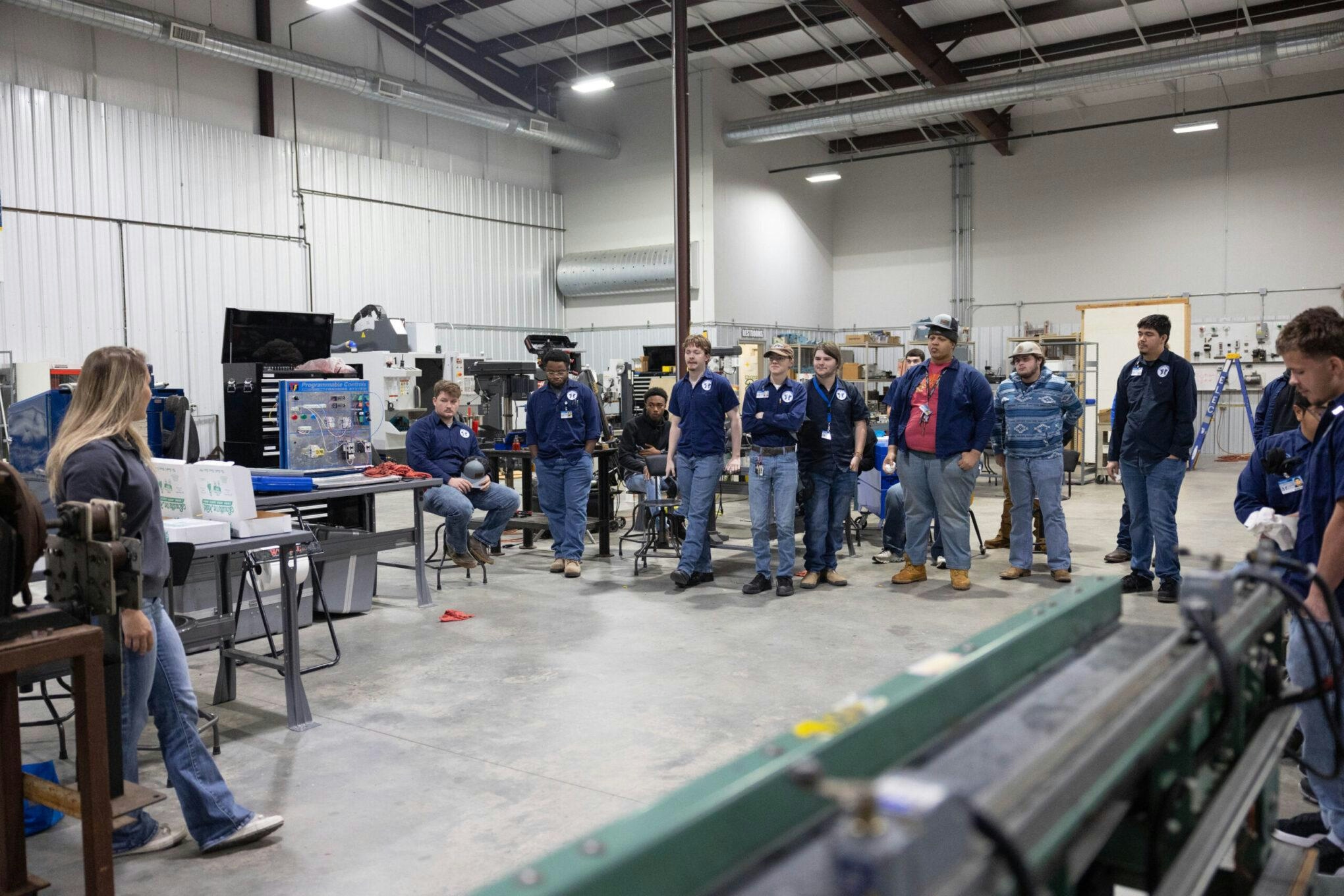
AeroGenie — あなたのインテリジェントな副操縦士。
現在のトレンド
Categories
How Water Injection Enhances Aircraft Takeoff Power
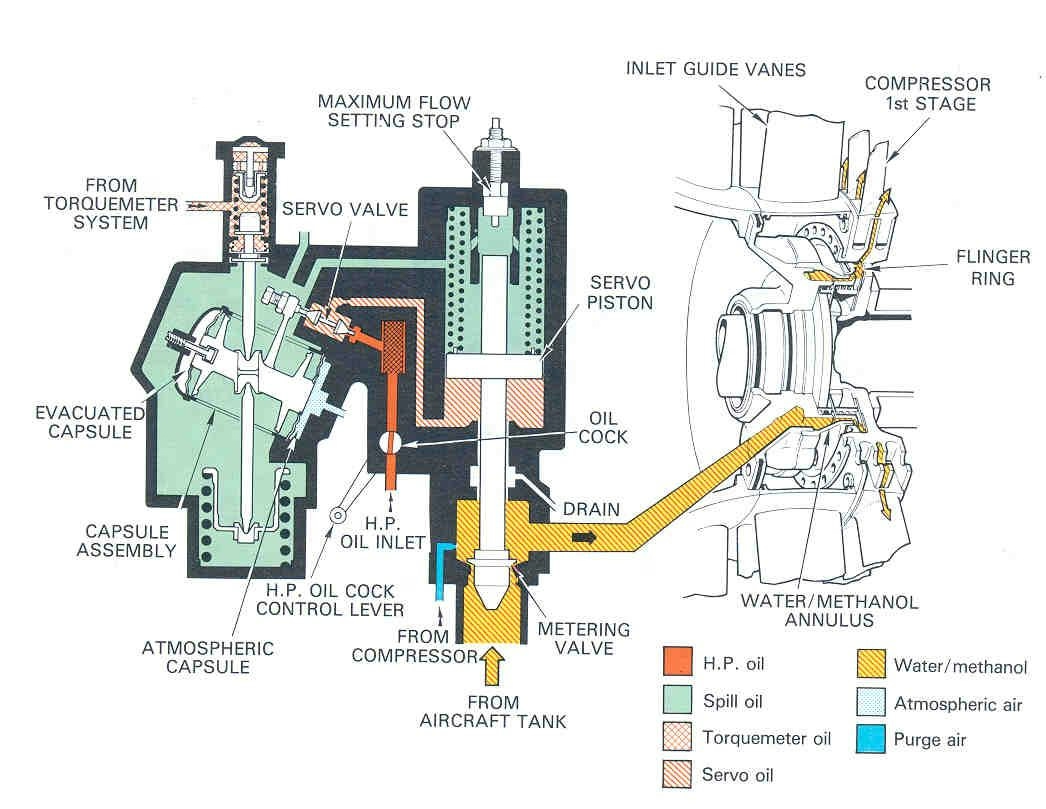
How Water Injection Enhances Aircraft Takeoff Power
Early Jet Engine Limitations and the Need for Innovation
Before the advent of high-bypass, fuel-efficient turbofan engines, aviation engineers sought innovative methods to increase jet engine thrust during critical phases such as takeoff. Early jetliners, including the Boeing 707 and DC-8, were powered by engines like the Pratt & Whitney JT3D. These engines were smaller, less powerful, and less efficient compared to modern counterparts such as the CF6 high-bypass turbofan. Their limited thrust output posed significant challenges during fully loaded departures, especially from high-altitude airports or in hot weather conditions. Simply increasing fuel flow was not a feasible solution, as it risked exceeding safe exhaust gas temperature (EGT) limits, potentially causing engine damage or failure.
The Mechanism and Benefits of Water Injection
To overcome these limitations, engineers introduced water injection systems that injected a fine mist of water—often combined with methanol to prevent freezing and provide a modest energy boost—directly into the engine during takeoff and initial climb. The injected water evaporated in the hot airflow, absorbing heat and thereby cooling the intake air. This cooling effect increased air density and oxygen content, enabling the engine to burn more fuel efficiently without surpassing temperature thresholds. Consequently, water injection provided a temporary thrust increase of approximately 10 to 15 percent, delivering the additional power necessary for safe and effective takeoff performance.
Operational Deployment and Associated Challenges
Water injection systems became standard equipment on many early jet aircraft, including commercial models such as the Boeing 707, 720, and early 747 variants, as well as military platforms like the B-52 Stratofortress and KC-135 aerial refuelers. These systems relied on dedicated water tanks, often holding several hundred gallons, to supply the injection during critical flight phases. Despite their operational benefits, water injection systems presented challenges, notably the risk of contamination and freezing. A notable incident involved an F-35 crash linked to water freezing in the landing gear hydraulic fluid, underscoring the potential hazards associated with water-based systems. Such events have prompted concerns within the aviation community regarding the reliability and safety of water injection technology.
Industry Response and Regulatory Considerations
In light of these challenges, manufacturers and competitors have invested in developing safer and more reliable water injection technologies. The aviation industry has also faced heightened regulatory scrutiny to ensure that enhancements to engine performance do not compromise overall safety. While water injection played a crucial role in advancing early jet engine capabilities, its legacy is tempered by operational risks and the ongoing pursuit of propulsion solutions that balance power, efficiency, and safety.
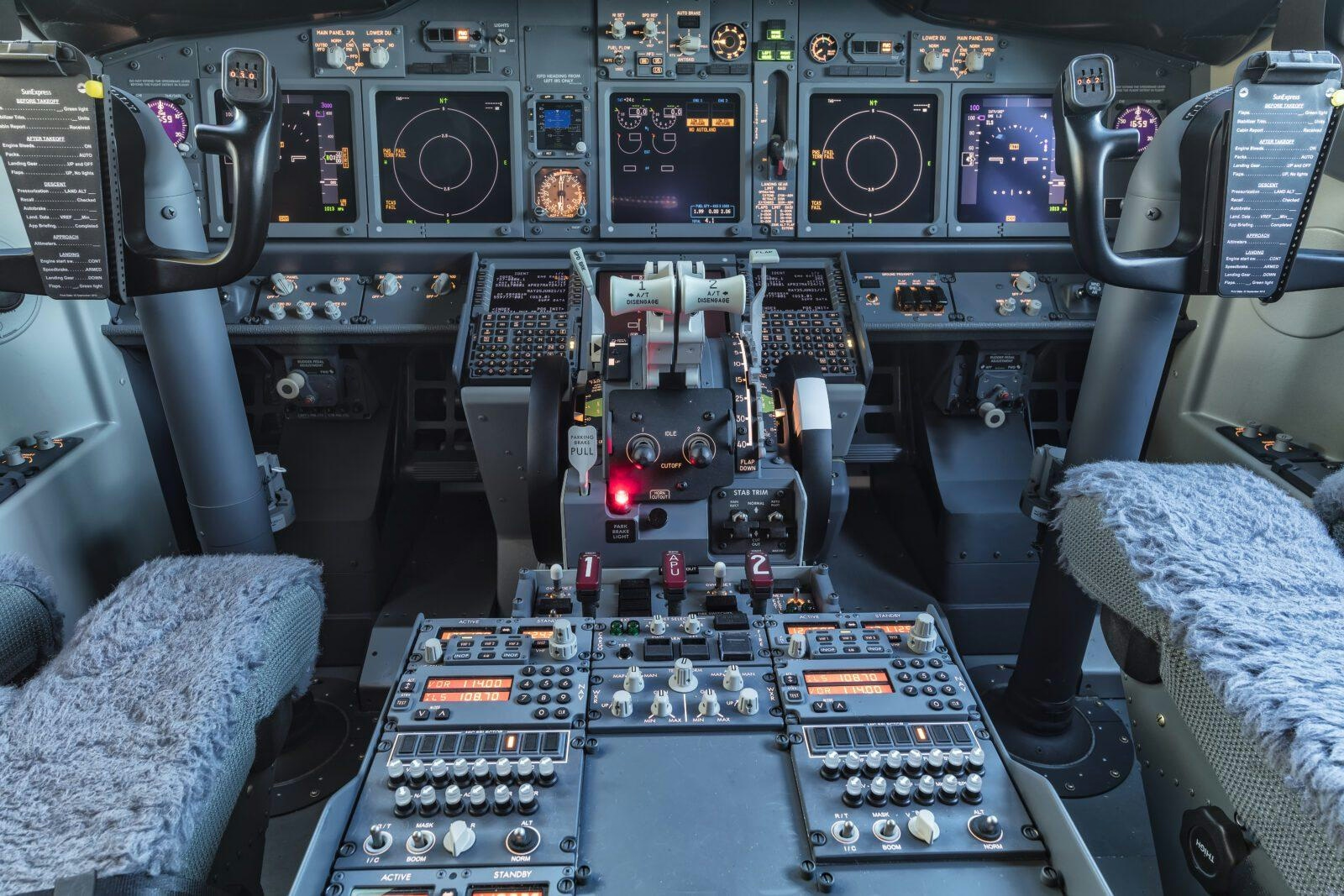
Investigators Examine Theory That Cockpit Sun Visor Caused Boeing 737 Engine Shutdown After Takeoff

Comparing the Fuselage Lengths of the Airbus A350-1000 and Boeing 787-10
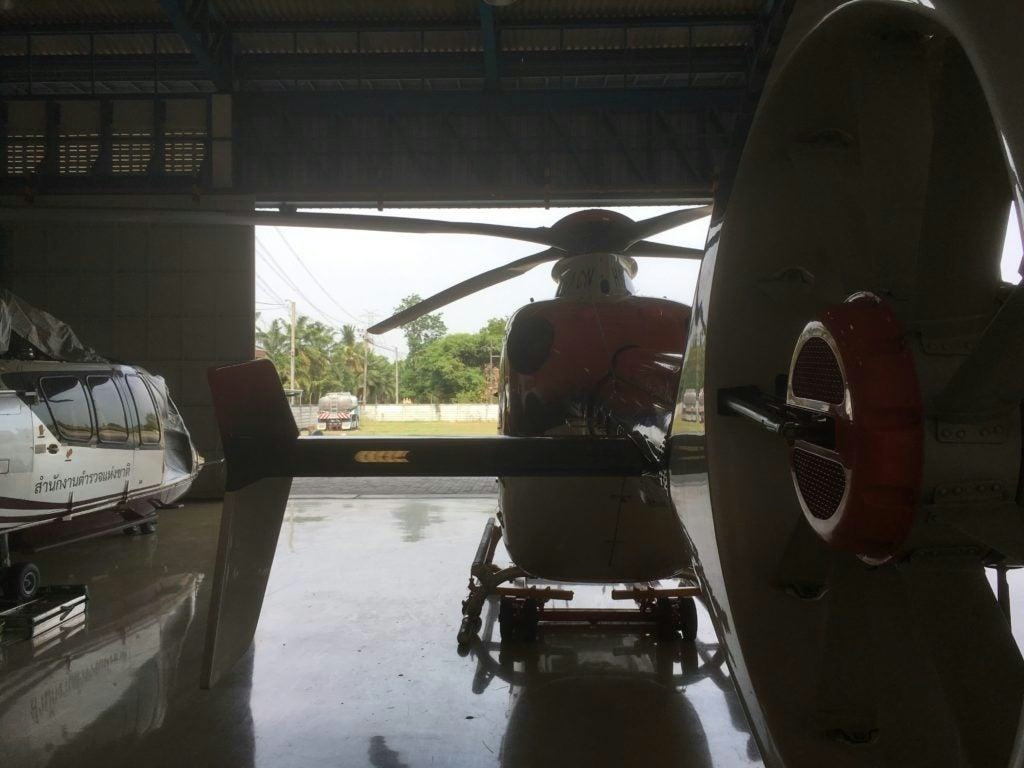
Thailand Establishes U-Tapao Aircraft MRO Center Contract for January 2026

United Airlines Announces Routes for New Premium Boeing 787s
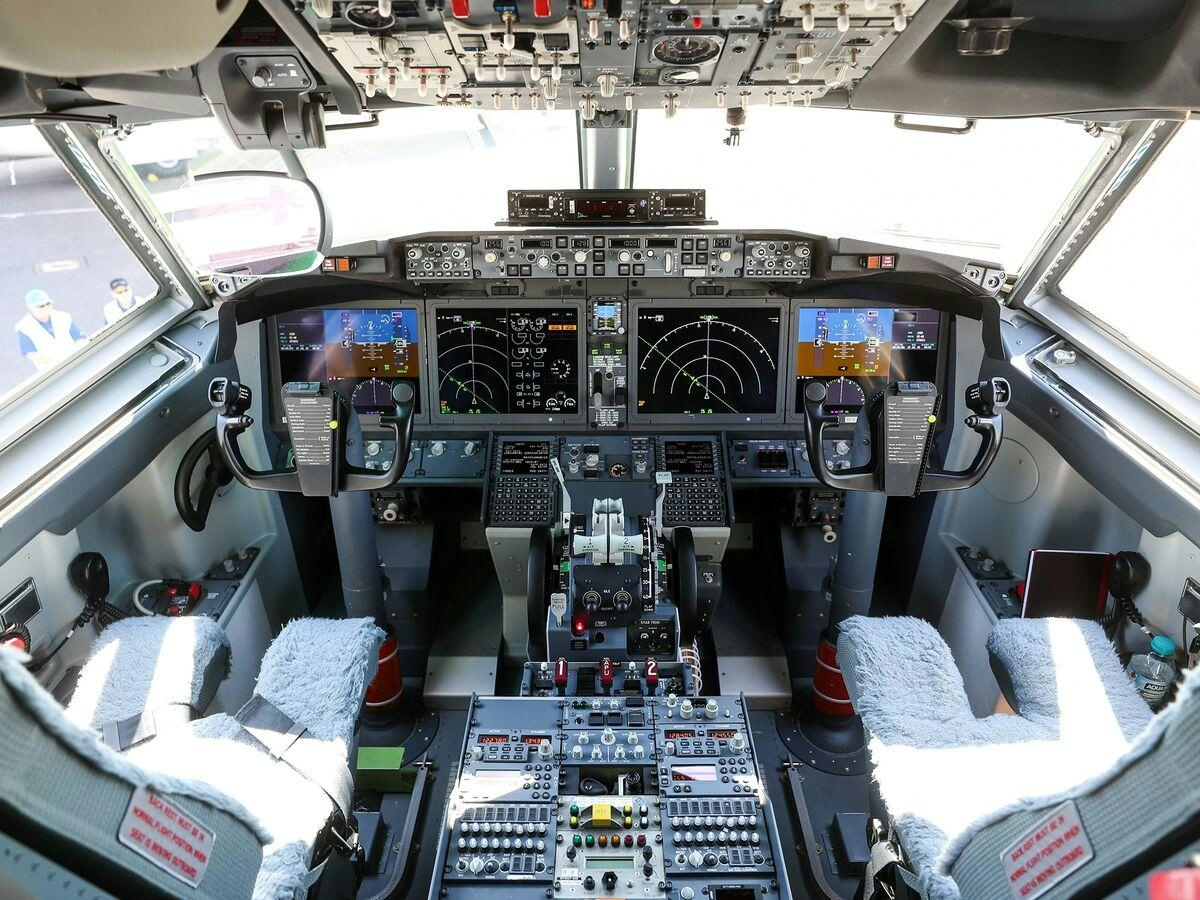
Boeing Introduces Remote Co-Pilot Technology
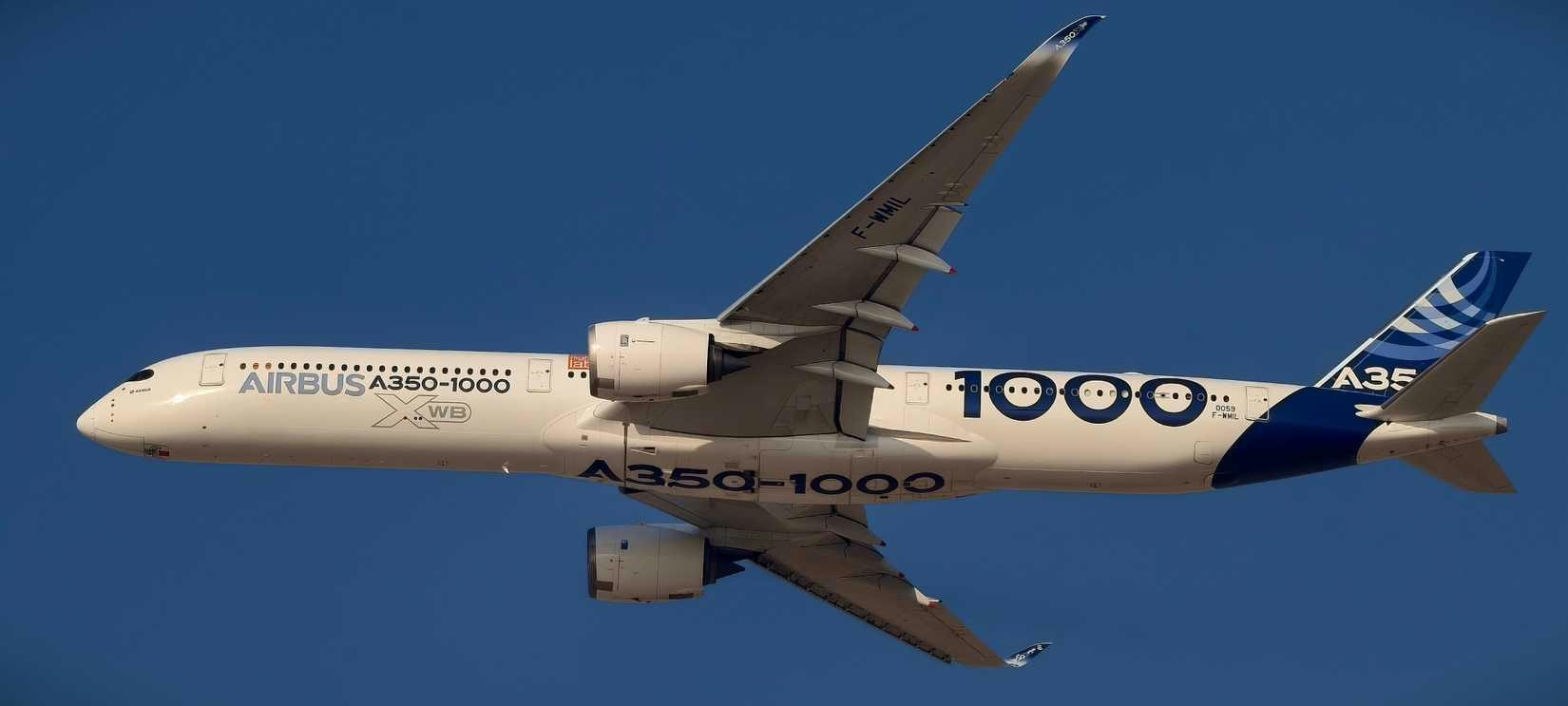
The Airbus A350-1000’s Fuel Efficiency Advantage Explained

McNally Capital Expands Aviation Operations to Support Global Tourism

Two Young Climbers Begin Winter Ascent of McKinley

Elroy Air’s Autonomous Chaparral Delivers Lunch on A-to-B Flight
